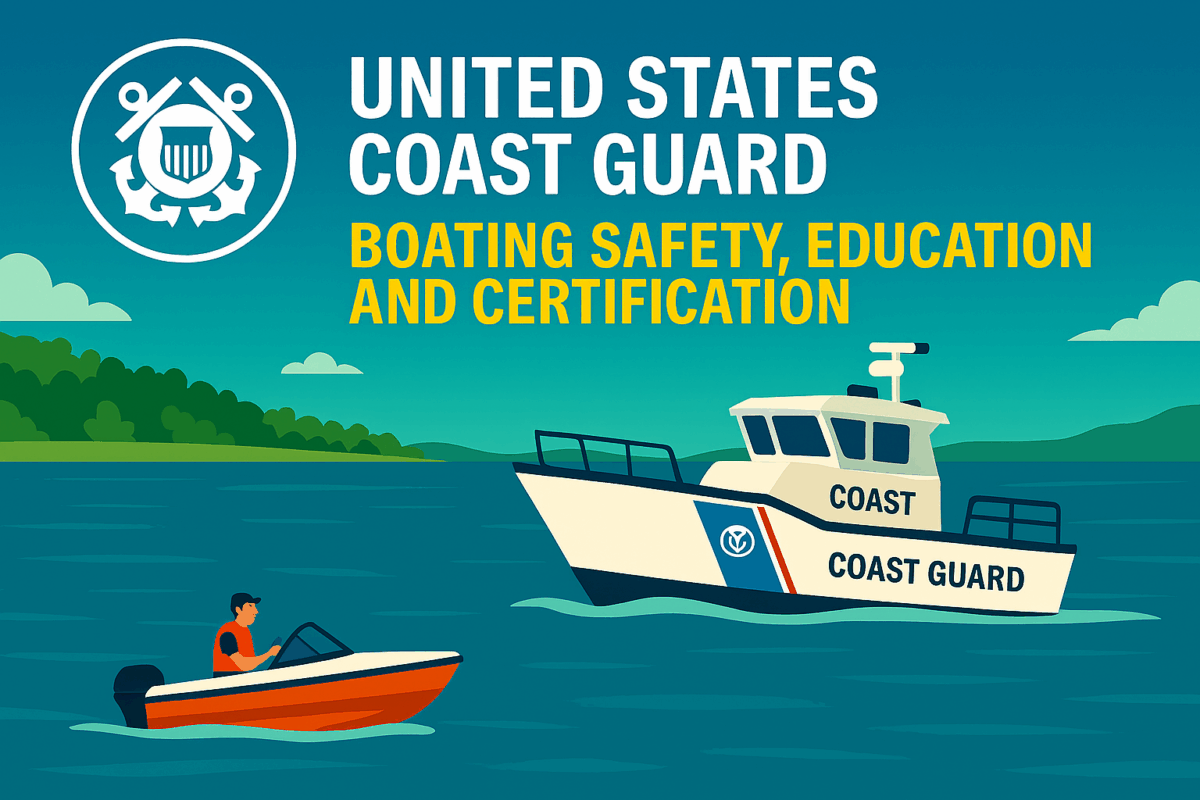Call: 1-800-832-7191

USCG Boat Crew Seamanship Manual
Mastering Maritime Skills with the USCG Boat Crew Seamanship Manual
USCG Boat Crew Seamanship Manual provides essential guidance for Coast Guard Auxiliary members performing afloat operations. This manual outlines procedures, safety standards, and operational techniques for crew members, coxswains, and personal watercraft operators. Because maritime conditions vary, the manual prepares crews for both routine and emergency scenarios.
The manual supports consistent training across all Coast Guard Auxiliary units. It also reinforces the importance of teamwork, communication, and situational awareness during missions.
Core Topics Covered in the Manual
The manual includes chapters on line handling, towing, anchoring, and navigation. Each section explains tasks in detail and provides step-by-step instructions. Because clarity matters, diagrams and terminology help users understand complex procedures.
Crew members learn how to operate safely in restricted visibility, heavy seas, and night conditions. Additionally, the manual covers risk management, personal protective equipment, and emergency protocols. These topics ensure readiness and reduce operational hazards.uscg
Training programs use the manual to certify crew members and maintain performance standards. It serves as a reference during drills, evaluations, and underway exercises.
Why the USCG Boat Crew Seamanship Manual Matters
USCG Boat Crew Seamanship Manual promotes safety, consistency, and professionalism across Coast Guard Auxiliary operations. It establishes minimum standards for knowledge, performance, and currency maintenance. Because missions demand precision, the manual helps crews execute tasks correctly and confidently.uscg
Commanding officers use the manual to structure training programs and evaluate crew readiness. It supports certification, re-certification, and qualification processes. These procedures ensure that only prepared personnel serve aboard Coast Guard vessels.
Moreover, the manual fosters a culture of continuous improvement. Crews review procedures regularly and update skills based on feedback and mission experience.
Applying the Manual in Real-World Operations
Crews should consult the manual before every patrol. Reviewing procedures improves coordination and reduces errors. Because conditions change quickly, preparation is essential.
During operations, crew members follow the manual’s guidance for towing, search and rescue, and man-overboard recovery. These tasks require precision and teamwork. The manual also supports post-mission debriefs and performance reviews.
Digital versions are available online for easy access. Units can download updates and share resources across teams. Staying current with the manual ensures compliance and mission success.
